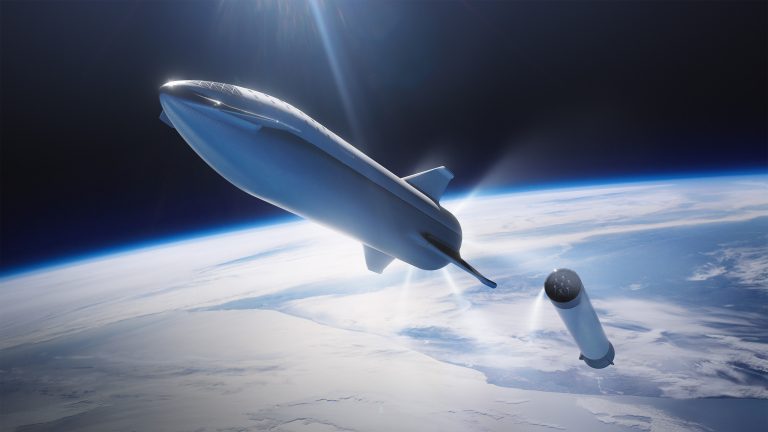Speaking at a quick series of interviews with commercial space companies at this year’s annual International Astronautical Congress, SpaceX president and COO Gwynne Shotwell shed a little more light on her company’s current thinking with regards to the mission timelines for its forthcoming Starship spacefaring vehicle. Starship, currently in parallel development at SpaceX’s South Texas and Florida facilities, is intended to be an all-purpose successor to, and replacement for, both Falcon 9 and Falcon Heavy, with a higher payload capacity and the ability to reach the Moon and eventually Mars.
“Aspirationally, we want to get Starship to orbit within a year,” Shotwell said. “We definitely want to land it on the Moon before 2022. We want to […] stage cargo there to make sure that there are resources for the folks that ultimately land on the Moon by 2024, if things go well, so that’s the aspirational time frame.”
That’s an ambitious timeline, and as Shotwell herself repeatedly stated, these are “aspirational” timelines. In the space industry, as well as in tech, it’s not uncommon for leadership to set aggressive schedules in order to drive the teams working on projects to work at the limits of what’s actually possible. SpaceX CEO Elon Musk is also known for working to timelines that often don’t match up with reality, and Shotwell alluded to Musk’s ambitious goal setting as a virtue in another part of her onstage interview at IAC.
Read more HERE
Ask me anything
Explore related questions





